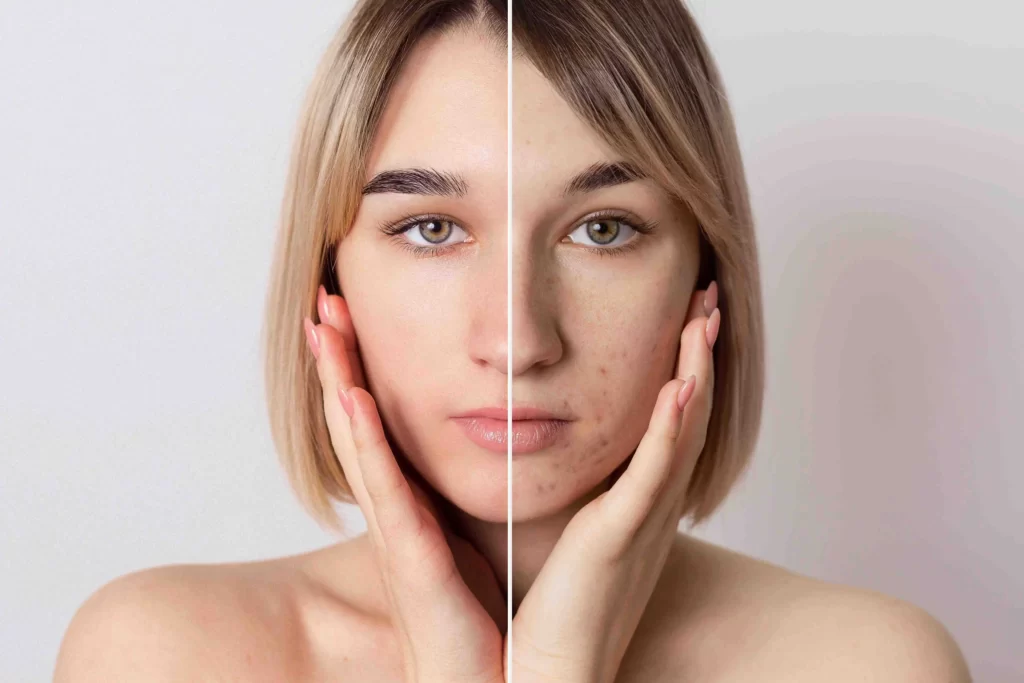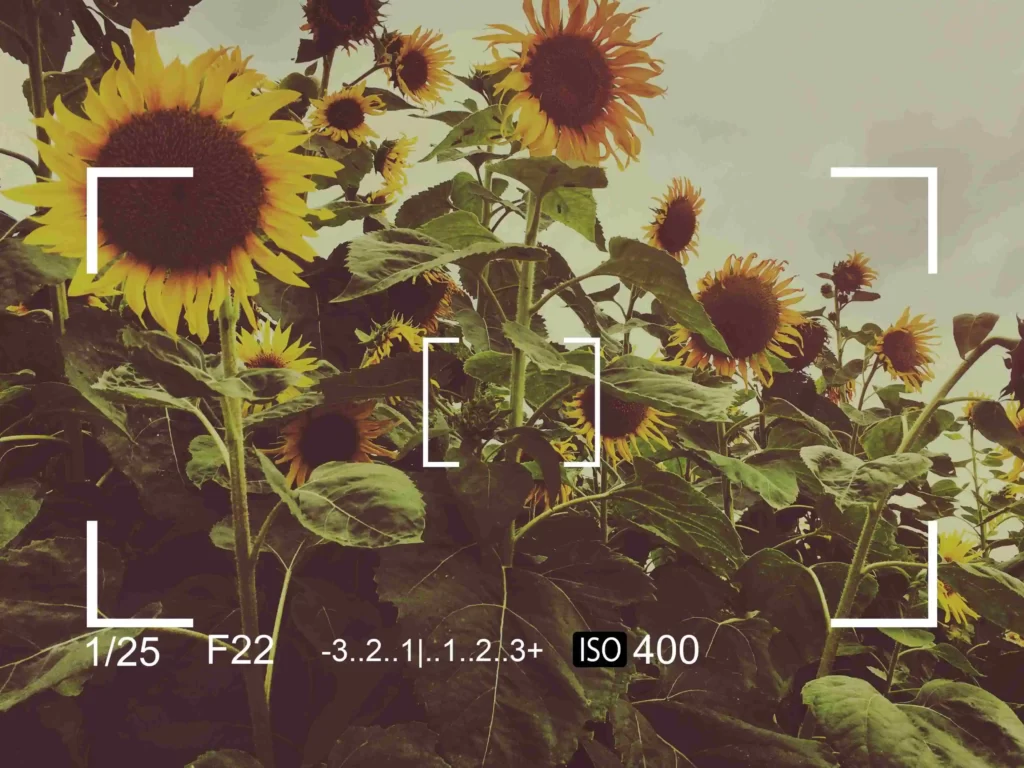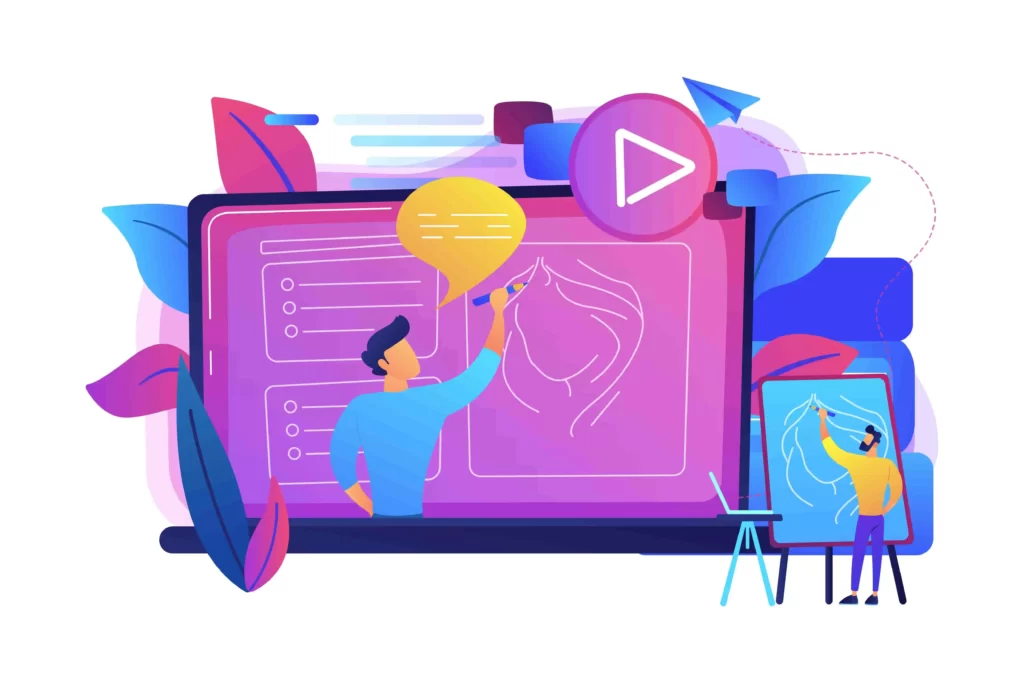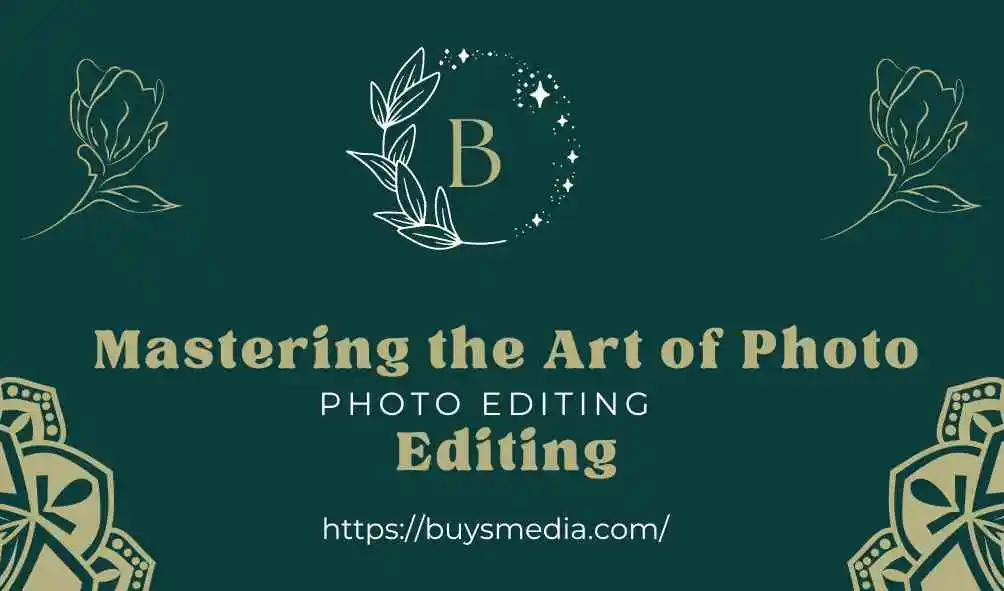Do you want to learn advanced information about art photo editor?
Yes!
That’s great.
The appropriate article for you is this one.
Here, I will provide you with all the basic to advanced information about art photo editor.
Mastering the art photo editor
Photo editing has become an essential skill in today’s digital world.
The capacity to edit and improve images has developed into a useful skill for photographers, influencers, and anybody looking to produce spectacular graphics due to the rising popularity of social media and the growing need for aesthetically attractive material.
This essay will examine the art of picture editing, from grasping the fundamentals to mastering advanced methods, and offer advice for productive editing.
So let’s explore the realm of picture editing by grabbing our favorite photo editing program.
Understanding the Basics of Photo Editing

Photo editing involves using software to modify and enhance images to achieve the desired look.
Software for altering photos comes in many forms, from free web applications to high-end programs like Adobe Photoshop and Lightroom.
To select the software that best meets your goals and degree of knowledge, it’s crucial to become familiar with the various software kinds and their capabilities.
Learn the fundamentals of your chosen picture editing program as soon as possible.
This includes understanding the different tools and features available, such as adjusting brightness, contrast, exposure, white balance, color cast, saturation, and vibrance.
These basic adjustments can significantly impact the overall look and feel of an image and are the foundation for more advanced editing techniques.
Enhancing Colors and Contrast
One of the key aspects of photo editing is enhancing colors and contrast to make images visually appealing. The image may be made more dynamic and interesting by adjusting brightness, contrast, and exposure to help bring out details in shadows and highlights.
Correcting white balance and color cast can ensure that the colors in the image look natural and balanced. Saturation and vibrance adjustments can make colors pop and add depth to the image.
It’s important to use these adjustments judiciously, as excessive editing can result in an unrealistic or unnatural art photo editor.
appearance. It’s best to make subtle adjustments that enhance the image while still maintaining its authenticity.
Retouching and Reshaping

In photo editing, retouching and reshaping are often used methods to enhance the look of subjects or objects in the picture.
This might involve eliminating blemishes, stains, and other flaws from skin or other items as well as refining wrinkles and smoothing out creases.
Additionally, reshaping body features or objects can help achieve a desired look or create a more balanced composition for art photo editor.
It’s crucial to use caution while retouching and reshaping to prevent going overboard and producing an unrealistic appearance. The goal is to enhance the image while still maintaining a natural and realistic look.
Cropping and Composition

Composition plays a crucial role in the overall aesthetics of a photo. Photo editing allows for cropping and adjusting the composition of an image to create a better visual impact. Cropping can help remove distracting elements, improve framing, and create a better focus on the main subject.
Additionally, adjusting perspective and straightening lines can correct distortion and create a more visually pleasing image.
Understanding fundamental compositional concepts like the rule of thirds, leading lines, and balance may significantly increase a photograph’s impact. Using these techniques in conjunction with cropping and composition adjustments in photo editing can result in a visually stunning image.
Adding Special Effects and Filters
Adding special effects and filters is a creative aspect of photo editing that allows for artistic expression and customization.
Pictures may be changed with channels to make diverse dispositions, tones, or styles, such as dark and white, vintage, or sepia.
An image can include text and graphics to offer a message or a unique touch.
Additionally, combining many photos into a single composition through the use of collages or montages may be entertaining and creative.
When using special effects and filters, it’s important to use them tastefully and not overdo them. The goal is to enhance the image while still maintaining its visual appeal and authenticity for art photo editor.
Working with Layers and Masks

Layers and masks are advanced features in photo editing software that allows for more precise and complex editing. Layers are essentially different levels or elements within an image that can be edited separately.
Because of this, changes may be performed without affecting the original picture during non-destructive editing.
Masks, on the other hand, are used to selectively apply or remove edits from specific areas of an image. This allows for precise control over the editing process and can help achieve seamless and natural-looking results.
Working with layers and masks can be challenging for beginners, but mastering these techniques can greatly enhance the quality and creativity of your photo editing.
Retaining Image Quality
Maintaining the image’s quality and resolution during picture editing is crucial to making sure it looks well on all platforms and gadgets. Working with RAW files, which are uncompressed image files that contain more data, allows for more flexibility in editing without losing image quality.
Non-destructive editing is possible with RAW files, so adjustments may be made without altering the original image.
Additionally, it’s critical to avoid overediting, since too many tweaks or filters might degrade the image’s quality and cause it to appear distorted or artificial.
Saving images in the right format and resolution, depending on their intended use, can also help retain their quality and ensure they look their best.
Tips and Tricks for Efficient Editing

Efficient photo editing involves finding ways to streamline your workflow and save time while achieving the desired results. Here are some hints and techniques that may be useful:
- Utilise presets and shortcuts: Presets and shortcuts are frequently available in photo editing software, which helps accelerate the editing process. Familiarize yourself with these shortcuts and create presets for common adjustments to save time.
- Create and use custom brushes and actions for repetitive tasks: Custom brushes and actions can help automate certain editing tasks, such as applying a specific effect or making a particular adjustment. These unique tools may be made and used to streamline the editing process.
- Play around with various settings: To get the desired outcome, don’t be scared to experiment with various settings and modifications. For your picture, test with different sliders, channels, and impacts to realize the proper adjustment.
- You should keep a duplicate of the initial image before making any modifications to it. This way, you can ensure the safety of the original image. This gives you the alternative to begin over again or return to the initial on the off chance that is fundamental.
- Take breaks: Photo editing can be time-consuming and mentally exhausting. Taking breaks during the editing process can help you maintain focus and avoid making mistakes due to fatigue.
Conclusion
Specialized know-how, imaginative vision, and meticulousness are all essential to ace the craftsmanship of picture-altering.
By understanding the different techniques and tools available in photo editing software, experimenting with different settings, and keeping the original image intact as a backup, you can achieve professional-looking results that enhance your photos while maintaining their authenticity for art photo editor.
ALSO CHECK:-How to make Ripped paper effect in Photoshop
Commonly asked questions:-
Q: Can I learn photo altering on my claim, or do I got to take classes?
A: You’ll certainly be able to learn photo altering on your possess, much appreciated by the wealth of instructional exercises, online courses, and assets accessible. In any case, taking classes or workshops can provide more organized learning and personalized criticism, which can quicken your learning handle and assist you in distinguishing regions for advancement.
Q: How do I know which photo-altering program to select?
A: The choice of a photo-altering computer program depends on your individual inclinations, budget, and editing needs. Consider components such as the complexity of the computer program, accessibility of highlights, ease of use, and compatibility together with your gadget sometime recently making a choice. Most computer programs offer free trials, which can assist you to test out the program sometime recently committing to a buy.
Q: How much time ought I devote to photo editing?
A: The sum of time you ought to commit to photo editing depends on your objectives and needs. On the off chance that photography is your calling or significant leisure activity, you’ll have to commit a few hours a week to alter. Be that as it may, in case you’re a casual picture taker or fair beginning, you’ll be able, to begin with, many hours a week and continuously increment your time as you got to be more capable.
I hope you all know the advanced information about photo editing.
Now it’s your turn.
What do you think about photo editing?
Comment with your ideas in the space provided.
If you have a query then ask us in the comment box.




